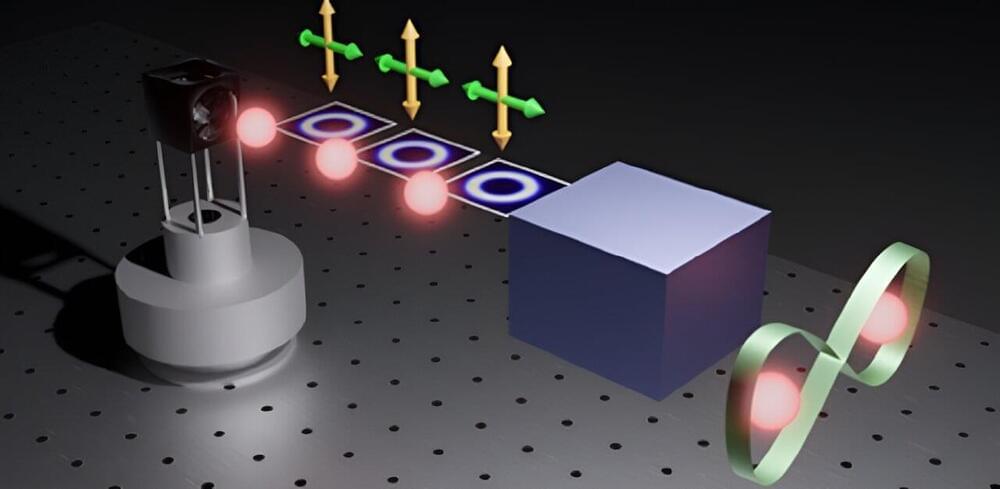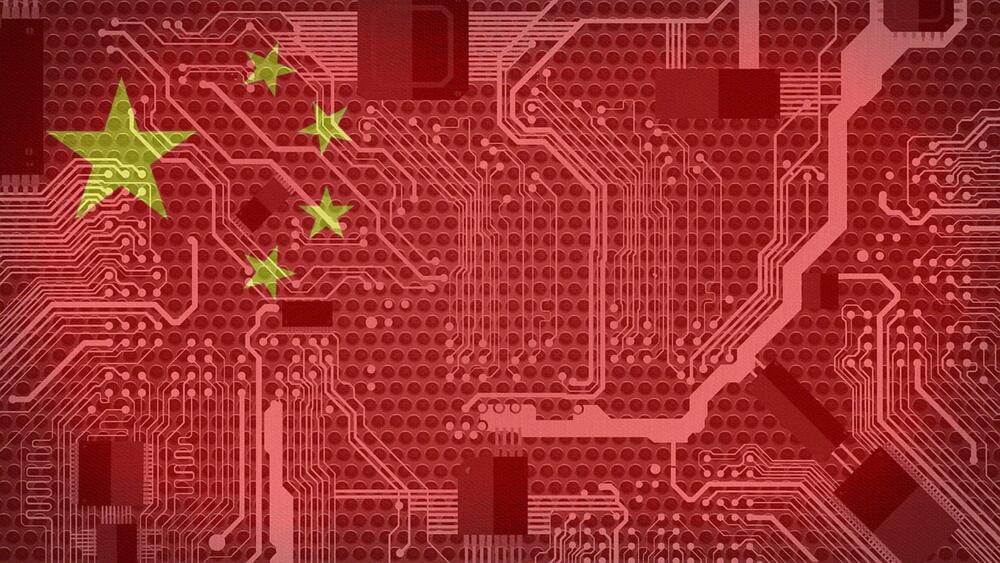Robotaxi company Cruise is “just days away” from getting regulatory approval that would pave the way for mass production of its purpose-built driverless vehicle, CEO Kyle Vogt said on Thursday in comments reported by the Detroit Free Press.
General Motors-backed Cruise unveiled the vehicle — called Origin — in early 2020, presenting the kind of driverless car that we all dreamed of when R&D in the sector kicked off years ago; a vehicle without a steering wheel and without pedals. A vehicle with passenger seats only.









 עברית (Hebrew)
עברית (Hebrew)